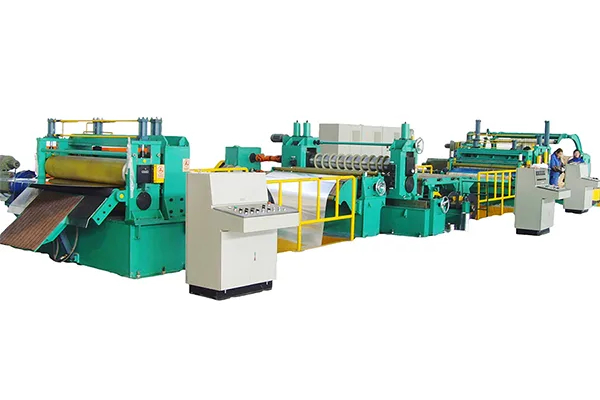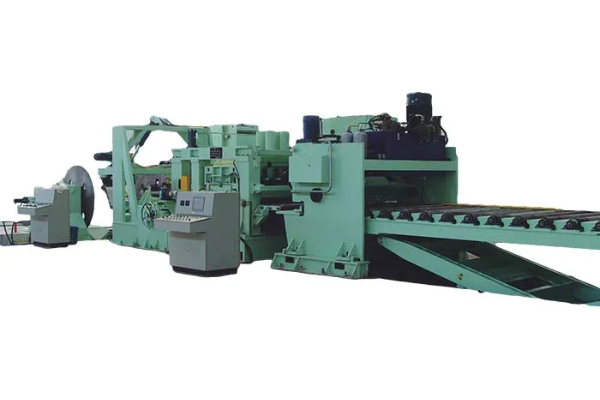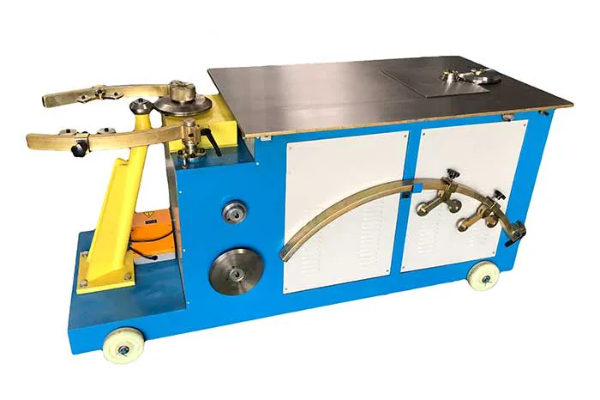
The Evolution of Duct Rolling Machines- From Manual to Automated
- By:Metmac
- 2024-05-11
- 201
In the labyrinthine realm of industrial fabrication, duct rolling machines stand as titans, shaping metallic coils into cylindrical conduits that serve as the arteries of ventilation systems. Their journey has been one of relentless innovation, transforming from humble manual labor to sophisticated automated marvels.
Manual Beginnings:
In the annals of duct rolling history, manual machines reigned supreme. Operated by skilled craftsmen, these contraptions relied on brute force and meticulous attention to detail. Craftsmen would manually feed coils through a series of rollers, painstakingly shaping them into desired diameters. While time-consuming, manual machines afforded a high degree of precision and customizability.
Semi-Automated Revolution:
The advent of semi-automated machines marked a pivotal moment in the evolution of duct rolling. These machines incorporated electric motors or pneumatic systems to assist with the rolling process, easing the burden on operators. With semi-automated machines, coil feeding and roller adjustments became more efficient, reducing labor costs and increasing throughput.
Fully Automated Ascendance:
The zenith of duct rolling innovation lies in fully automated machines. These state-of-the-art systems employ sophisticated control software, servo motors, and sensors to seamlessly perform the entire rolling process. Advanced algorithms optimize roller speed and pressure, ensuring consistent and precise dimensions. Additionally, automated machines can perform complex shapes and profiles, previously inaccessible through manual or semi-automated methods.
Benefits of Automation:
The automation of duct rolling machines has revolutionized the industry, bringing forth a litany of benefits:
Increased Productivity: Automated machines can operate 24/7, significantly increasing production capacity.
Improved Accuracy: Sophisticated control systems ensure precise and consistent duct dimensions, reducing the risk of leaks and other performance issues.
Reduced Labor Costs: Automation eliminates the need for extensive manual labor, freeing up skilled workers for more complex tasks.
Enhanced Safety: Automated machines minimize the risk of accidents associated with manual operation.
Integration with CAD Software: Modern automated machines can interface with computer-aided design (CAD) software, facilitating the seamless transfer of digital designs to physical ducts.
Conclusion:
The evolution of duct rolling machines from manual to automated has been a testament to human ingenuity and the relentless pursuit of efficiency. Automated machines have transformed the industry, enabling mass production, precise fabrication, and cost-effective ventilation solutions. As technology continues to advance, we can expect even more transformative innovations in the future, revolutionizing the way we shape the airways of our built environment.
-
Mastering Form and Force: A Guide to Modern Metal Plate Bending Machines
2025/12/16 -
Demystifying Sheet Metal Laser Cutting Machine Price: The METMAC Value Perspective
2025/12/16 -
Metal Sheet Machinery: The Engine of Modern Fabrication and the METMAC Advantage
2025/12/16 -
Beyond the Bend: The Power and Precision of the Modern Sheet Profile Machine
2025/12/16
-
Advanced Sheet Metal Rolling, Laser Cutting, and Folding Machines for Precision Fabrication
2025/10/31 -
High-Performance Sheet Metal Bending and Cutting Machines for Modern Fabrication
2025/10/31 -
High-Quality Sheet Metal Equipment for Sale: Efficient Solutions for Modern Manufacturing
2025/10/31 -
High-Performance Sheet Metal Equipment for Sale: Forming and Shearing Solutions for Modern Fabrication
2025/10/22
-
A Guide to the Latest Innovations in Sheet Metal Folding Machines
2024/11/29 -
Key Features to Consider When Investing in a Sheet Metal Folding Machine
2024/11/28 -
Enhancing Precision with Advanced Sheet Metal Folding Machines
2024/11/27 -
How to Choose the Right Sheet Metal Folding Machine for Your Workshop
2024/11/26







